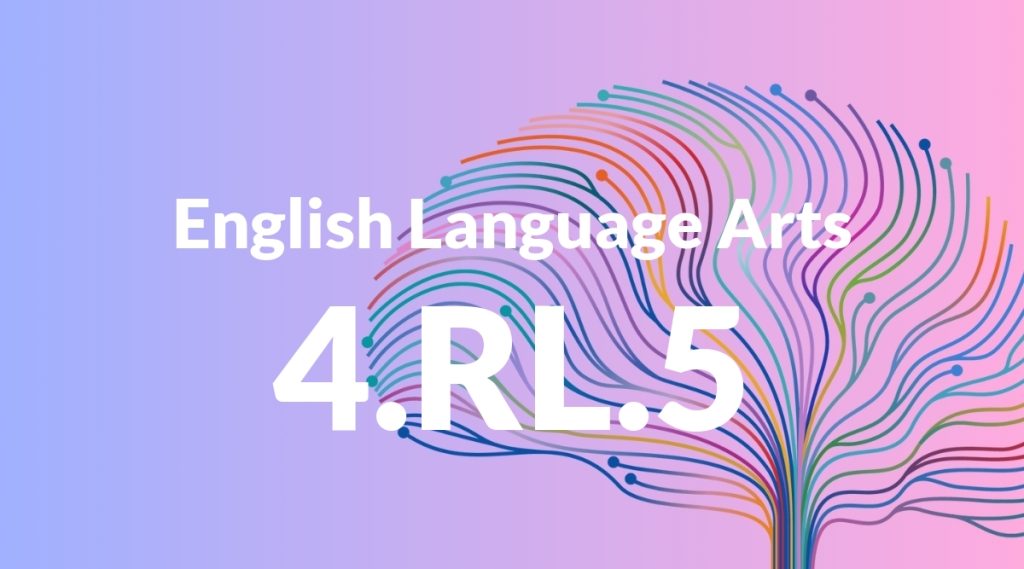Standard: 4.RL.5 – Explain major differences between poems, drama, and prose, and refer to the structural elements of poems (e.g., verse, rhythm, meter) and drama (e.g., casts of characters, settings, descriptions, dialogue, stage directions) when writing or speaking about a text.
Grade level: Grade 4
Subject: English Language Arts
Domain: Reading: Literature
Teacher Overview
This standard focuses on helping students understand the distinct structures of poems, drama, and prose. It is important because it builds foundational analytical skills that will be essential for more advanced literary studies in higher grades. Students should have a basic understanding of narrative structures and simple storytelling elements like characters, setting, and plot.
After mastering this standard, students will be able to analyze and critique different forms of literature more deeply and create their own literary works with a better understanding of structural elements.
Common Misconception 1
One common misconception is that all literature follows the same structure, which is incorrect because poems, dramas, and prose each have unique structural elements.
Intervention 1
To address this misconception, provide students with various examples of each literary form and highlight their unique features during discussions and activities.
Common Misconception 2
Another misconception is that the structural elements of poems can be applied to prose or drama. This is incorrect because each form has distinct elements that define it.
Intervention 2
Use visual aids like charts and diagrams to clearly delineate the structural elements of poems, prose, and drama, and refer to these aids regularly during instruction.
Prerequisite Knowledge
Students should have basic reading comprehension skills and familiarity with simple narrative structures. They should also have been introduced to basic elements of storytelling such as characters, setting, and plot.
Subsequent Knowledge
Students will develop the ability to analyze and critique different forms of literature more deeply. They will also be able to write their own poems, dramas, and prose with a better understanding of structural elements.
Instructional Activities
- Read and analyze a poem, focusing on its verse, rhythm, and meter.
- Perform a short drama piece, paying attention to dialogue and stage directions.
- Write a short story and identify its prose elements.
- Create a Venn diagram comparing the structures of poems, prose, and drama.
- Group activity: Students create their own poems, dramas, or prose pieces and present them to the class.




